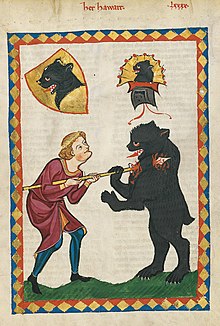
The Teutonic Order is a Catholic religious institution founded as a military society c. 1190 in Acre, Kingdom of Jerusalem. The Order of Brothers of the German House of Saint Mary in Jerusalem was formed to aid Christians on their pilgrimages to the Holy Land and to establish hospitals. Its members have commonly been known as the Teutonic Knights, having a small voluntary and mercenary military membership, serving as a crusading military order for the protection of Christians in the Holy Land and the Baltics during the Middle Ages.

The Codex Manesse is a Liederhandschrift, the single most comprehensive source of Middle High German Minnesang poetry, written and illustrated between c. 1304 when the main part was completed, and c. 1340 with the addenda.
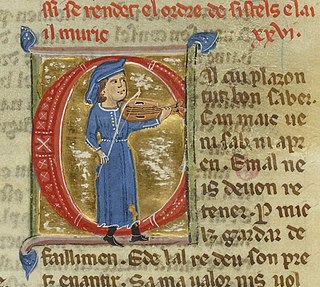
A troubadour was a composer and performer of Old Occitan lyric poetry during the High Middle Ages (1100–1350). Since the word troubadour is etymologically masculine, a female troubadour is usually called a trobairitz.

The Eighth Crusade was the second Crusade launched by Louis IX of France, this one against the Hafsid dynasty in Tunisia in 1270. It is also known as the Crusade of Louis IX Against Tunis or the Second Crusade of Louis. The Crusade did not see any significant fighting as King Louis died of dysentery shortly after arriving on the shores of Tunisia. The Treaty of Tunis was negotiated between the Crusaders and the Hafsids. No changes in territory occurred, though there were commercial and some political rights granted to the Christians. The Crusaders withdrew back to Europe soon after.
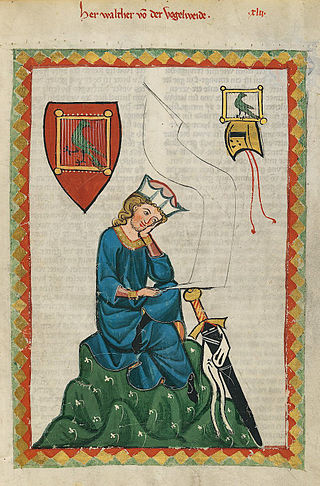
Minnesang was a tradition of lyric- and song-writing in Germany and Austria that flourished in the Middle High German period. This period of medieval German literature began in the 12th century and continued into the 14th. People who wrote and performed Minnesang were known as Minnesänger, and a single song was called a Minnelied.

Wolfram von Eschenbach was a German knight, poet and composer, regarded as one of the greatest epic poets of medieval German literature. As a Minnesinger, he also wrote lyric poetry.

Walther von der Vogelweide was a Minnesänger who composed and performed love-songs and political songs ("Sprüche") in Middle High German. Walther has been described as the greatest German lyrical poet before Goethe; his hundred or so love-songs are widely regarded as the pinnacle of Minnesang, the medieval German love lyric, and his innovations breathed new life into the tradition of courtly love. He was also the first political poet to write in German, with a considerable body of encomium, satire, invective, and moralising.
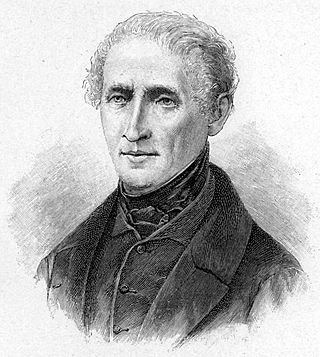
Joseph Freiherr von Eichendorff was a German poet, novelist, playwright, literary critic, translator, and anthologist. Eichendorff was one of the major writers and critics of Romanticism. Ever since their publication and up to the present day, some of his works have been very popular in Germany.
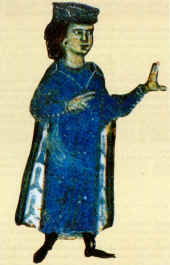
William IX, called the Troubadour, was the Duke of Aquitaine and Gascony and Count of Poitou between 1086 and his death. He was also one of the leaders of the Crusade of 1101. Though his political and military achievements have a certain historical importance, he is best known as the earliest troubadour—a vernacular lyric poet in the Occitan language—whose work survives.

Gottfried von Strassburg is the author of the Middle High German courtly romance Tristan, an adaptation of the 12th-century Tristan and Iseult legend. Gottfried's work is regarded, alongside the Nibelungenlied and Wolfram von Eschenbach's Parzival, as one of the great narrative masterpieces of the German Middle Ages. He is probably also the composer of a small number of surviving lyrics. His work became a source of inspiration for Richard Wagner's opera Tristan und Isolde (1865).
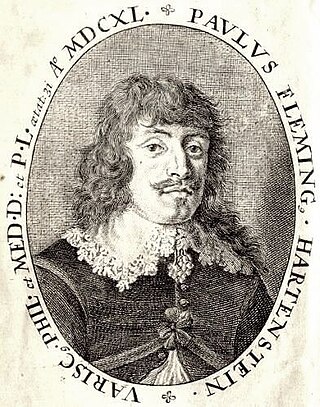
Paul Fleming, also spelt Flemming, was a German physician and poet.

The Palästinalied is a crusade song written in the early 13th century by Walther von der Vogelweide, the most celebrated lyric poet of Middle High German literature. It is one of the few songs by Walther for which a melody has survived.

Reinmar von Hagenau was a German Minnesänger of the late twelfth century who composed and performed love-songs in Middle High German. He was regarded by his contemporaries as the greatest Minnesänger before Walther von der Vogelweide, a view widely shared by modern scholars. Although there are uncertainties as to which songs can be reliably attributed to him, a substantial body of his work — over 60 songs — survives. His presentation of courtly love as the unrequited love of a knight for a lady is "the essence of classical Minesang".

Raimon de Cornet was a fourteenth-century Toulousain priest, friar, grammarian, poet, and troubadour. He was a prolific author of verse; more than forty of his poems survive, most in Occitan but two in Latin. He also wrote letters, a didactic poem, a grammar, and some treatises on computation. He was the "last of the troubadours" and represented l'esprit le plus brillant of the "Toulousain School". He appears in contemporary documents with the titles En and Frare.
A Crusade song is any vernacular lyric poem about the Crusades. Crusade songs were popular in the High Middle Ages: 106 survive in Occitan, forty in Old French, thirty in Middle High German, two in Italian, and one in Old Castilian. The study of the Crusade song, which may be considered a genre of its own, was pioneered by Kurt Lewent. He provided a classification of Crusade songs and distinguished between songs which merely mentioned, in some form, a Crusade from songs which were "Crusade songs". Since Lewent, scholars have added several classifications and definitions of Crusade songs. Scholars have argued for three different classifications of Crusade songs which include songs of exhortation, love songs, and songs which criticize the Crusading movement.
Philippe de Rémi (1210–1265) was an Old French poet and trouvère from Picardy, and the bailli of the Gâtinais from 1237 to at least 1249. He was also the father of Philippe de Beaumanoir, the famous jurist, by his wife Marie.
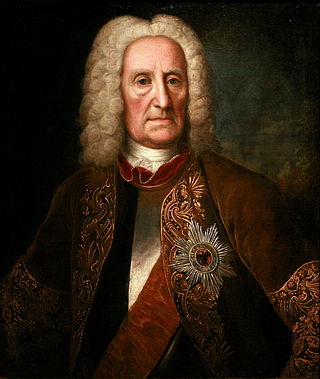
Johann Reinhard III of Hanau-Lichtenberg was the last of the counts of Hanau-Lichtenberg. He reigned from 1680 to 1736. From 1712 to 1736, he also reigned the County of Hanau-Münzenberg.
Middle High German literature refers to literature written in German between the middle of the 11th century and the middle of the 14th. In the second half of the 12th century, there was a sudden intensification of activity, leading to a 60-year "golden age" of medieval German literature referred to as the mittelhochdeutsche Blütezeit. This was the period of the blossoming of Minnesang, MHG lyric poetry, initially influenced by the French and Provençal tradition of courtly love song. The same sixty years saw the composition of the most important courtly romances. again drawing on French models such as Chrétien de Troyes, many of them relating Arthurian material. The third literary movement of these years was a new revamping of the heroic tradition, in which the ancient Germanic oral tradition can still be discerned, but tamed and Christianized and adapted for the court.

The Crusade of 1267 was a military expedition from the Upper Rhenish regions of the Holy Roman Empire for the defence of the Kingdom of Jerusalem. It was one of several minor crusades of the 1260s that resulted from a period of Papally-sponsored crusade preaching of unprecedented intensity. The only major crusade to come of it was the Eighth Crusade in 1270.
Peter von Staufenberg is a Middle High German verse novella in 1,192 lines. It was written around 1310 by Egenolf von Staufenberg.
